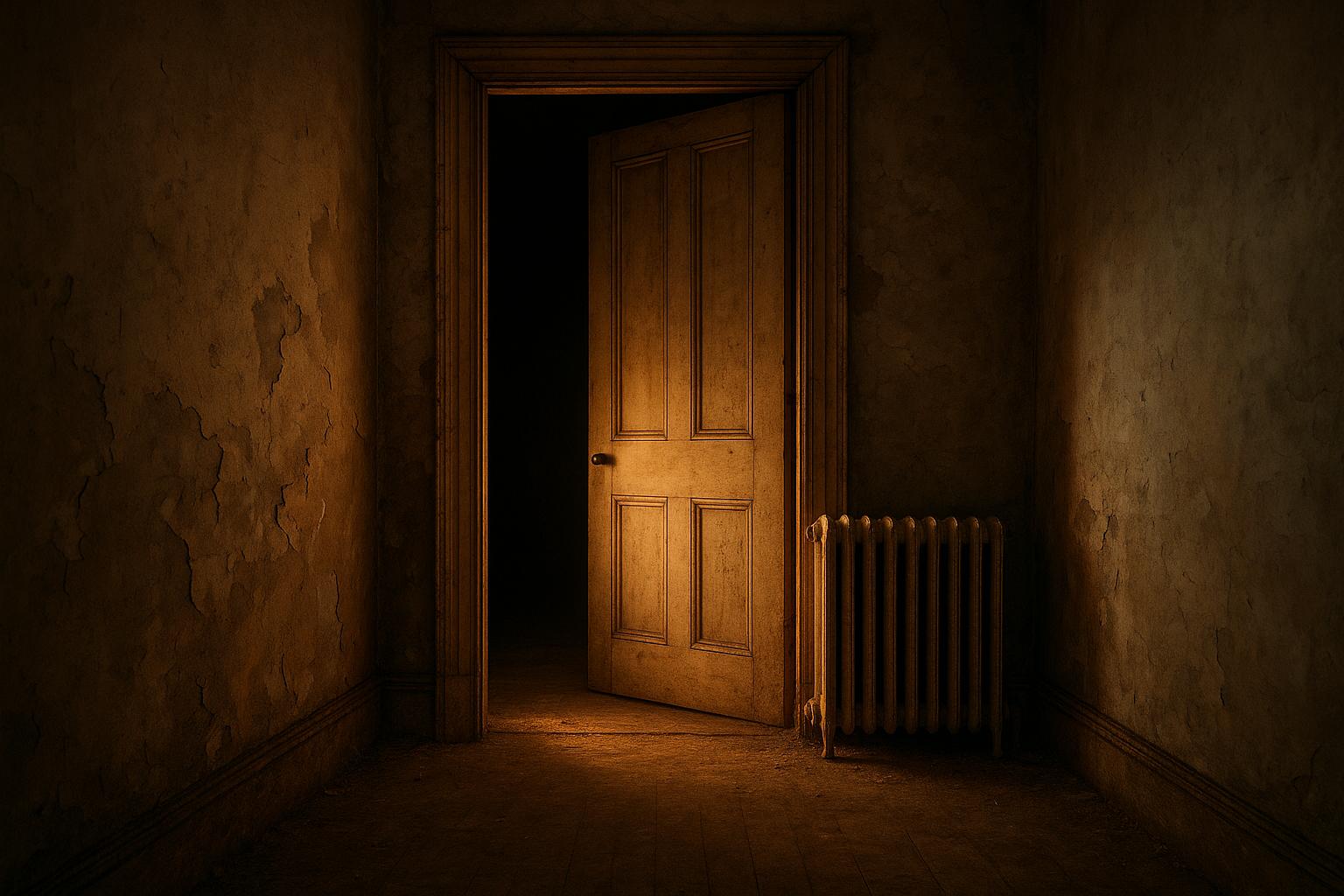More than two million households in the UK are now bracing for a winter without central heating, marking a 22 per cent increase from last year. This rise is closely linked to concerns over soaring energy bills amid a broader cost-of-living crisis. Alarmingly, this hardship is not confined to any single demographic; a significant number of those affected live alone, with one in ten solo residents planning to go without traditional heating this winter, and five per cent of families with young children indicating they too will forgo switching on their heating.
A recent survey conducted by Uswitch, which polled 2,000 people, found that 54 per cent of those struggling to keep their homes adequately warm attribute their difficulty directly to escalating living costs. Within this group, nearly half (45 per cent) are resorting to alternative warming methods, such as layering clothing, using hot water bottles, or heated blankets. Around one in five households (21 per cent) rely on substitutes like portable heaters, log burners, and open fires. Despite these efforts, the psychological toll is evident: 77 per cent of households surveyed express worry about being cold this winter, with 16 per cent feeling very worried.
Patterns of heating usage reveal further caution; 43 per cent of households will only turn on heating if they feel too cold, and nearly a third (30 per cent) plan to heat only select rooms. The Energy Saving Trust stresses the importance of maintaining heating when feeling cold, particularly to protect vulnerable individuals such as the elderly or those with health conditions. Typically, heating is advised once outdoor temperatures fall to around 15°C, which the Met Office identifies as common from October onwards. However, many are setting their thermostats lower than the recommended range of 18°C to 21°C, with an average thermostat setting dropping to 18.9°C, half a degree below last year's average.
The early onset of heating usage is notable, with households turning on their heating an average of five days earlier this year, on October 1, and some four million people already heating their homes as of mid-September. In response to the pressures, some like Raquel Griffiths, a retired resident of South Wales, have invested in individual room heaters to limit heating costs, a strategy that has reportedly reduced her bills significantly. However, experts warn that avoiding whole-home heating risks dampness and other health issues in unheated rooms.
The trend of going without central heating is not just anecdotal but is corroborated by official statistics. Office for National Statistics data reveal over 700,000 people in England and Wales live in homes without central heating, a situation disproportionately impacting vulnerable groups, including older people and those with medical issues. Charitable organisations warn that cold homes could contribute to an estimated 10,000 unnecessary winter deaths annually. Regionally, pockets of high numbers of households without heating exist, notably in London, the South East, and the North West. Local councils, especially in areas such as Greater Manchester with over 17,000 affected households, have expressed urgent concern and called for improved housing standards and increased support.
Social housing residents face some of the greatest challenges. A study by energy analytics firm Switchee found that nearly a quarter (23.5 per cent) of social housing households did not heat their homes for at least one week during last winter, up from 17.4 per cent previously. This raises public health concerns, as cold indoor temperatures increase admissions to the NHS and elevate the risk of mould and associated respiratory problems. National Energy Action, a charity focused on fuel poverty, has warned that further reductions in government financial support could lead to even more people enduring cold homes in the coming winter.
Supporting households in hardship, the UK government points to schemes such as the Warm Home Discount, which is expected to assist over six million families this winter. Investments totalling £13.2 billion are also pledged for home improvements within this Parliament, aimed at boosting energy efficiency and cutting bills over the longer term.
Energy experts advise those facing difficulty in paying bills to contact their energy suppliers early to explore support options. Practical recommendations to maintain warmth while saving money include draught-proofing, using thicker curtains, and adding insulation where feasible. Cost-effective heating alternatives, like electric blankets—cheaper to run than electric heaters—are also suggested to help manage cold conditions more affordably.
As energy prices continue to weigh heavily on household budgets, the stark choice facing millions is whether to heat their homes adequately or endure the health risks associated with cold living conditions. The combination of rising energy costs and insufficient heating options, especially for the most vulnerable, paints a daunting picture for the months ahead.
📌 Reference Map:
- Paragraph 1 – [1], [4]
- Paragraph 2 – [1], [6]
- Paragraph 3 – [1], [6]
- Paragraph 4 – [1], [3]
- Paragraph 5 – [2], [5], [7]
- Paragraph 6 – [3]
- Paragraph 7 – [1], [6]
Source: Noah Wire Services
